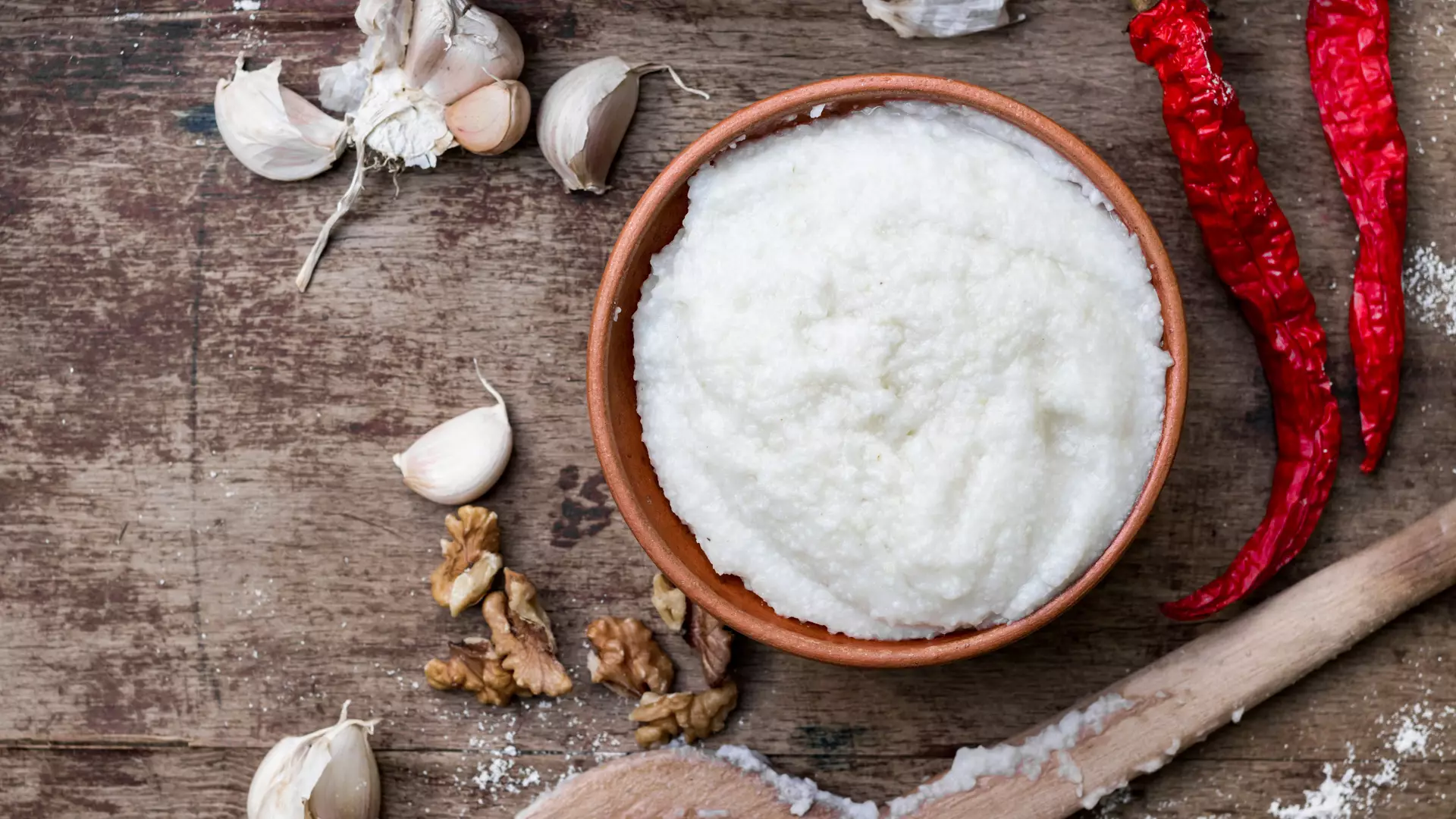Ghomi
A Little Bit from the Past
Ghomi is an ancient millet. This grain culture was widespread in the lowlands of western Georgia – around Samegrelo and Guria. Carbonized ghomi grains found during archaeological digs have been dated to the 2nd to 1st millennium BCE.
The Italian missionaries Cristoforo Castelli and Arcangelo Lamberti wrote about ghomi in their works. They described ghomi, among the widely-cultivated grains of Samegrelo, as one of the main food products.
The Tradition of Ghomi
Whoever brought in a good harvest of ghomi would be said to have a prosperous family, since ghomi defined the reliability of one’s food store.
Social situation notwithstanding, nearly every family would have a round, thick-bottomed pot to boil ghomi in, which was called “chuani” in Samegrelo and “chakhana” in Guria. Nothing was allowed to be made in that pot, except for ghomi. They knew, from their ancestors, that otherwise it would be the ruin of the ghomi. The tools needed to make ghomi included a paddle made of wood for kneading and a ladle for removing the ghomi, called “lapera” in Guria.
How Is Ghomi Made?
Making ghomi was a full ritual in Samegrelo. The lady of the house would comb her hair, shake the dust out of her clothes, put on a white headscarf, and start washing the corn flour. The first water of the corn flour would be full of ghomi milk, so it would be passed through a special sieve, to be pour and boiled, without the ghomi losing its flavor.
The corn flour would be washed with running water until the water was clear. The corn flour was supposed to be completely white, so corn flour made by a good housewife would not have a single dark spot, with the ghomi coming out a bright white. The rinsed ghomi would be moved to a special “kardila” or, as it is called in Samurzakano, “chuani”, which would be covered with a lid and set to boil.
The chuani for ghomi would have to have a thick bottom, and nothing else could be made in it, besides ghomi. Mingrelians even had separate firewood for ghomi, called “jamangari” or “rtskhila”, being beech or oak, since they made good embers, on top of which the ghomi would congeal well after being kneaded.
Ghomi is boiled in a covered pot over a low flame, and if it is ever stirred then it must be continually stirred with a wooden spoon until it boils, so that it does not stick to the pot. Otherwise, it should not be touched. Just wait until it boils. 15 to 20 minutes after boiling, the flour should be kneaded into it with the paddle, using rapid hand movements, so that it does not become lumpy and the flour dissolves well. Then it should be simmered over low heat and occasionally kneaded again.
The ghomi would be kneaded as many times as the housewife could manage to make her way to the pot. The ghomi would be kneaded with a special paddle, called “khvanchini”, which would be begun when the stuff in the pot had turned into a uniform porridge, with a dry belt tied around it. When the crust of the ghomi, called “nakhvatsa”, started to give off an aroma, then it would be ready to be removed. The ghomi would be separated onto plates using a khvanchini wetted with water. As soon as the housewife had removed the ghomi, the khvanchini would be washed immediately.
Usually, more ghomi would be made than necessary for all the members of the family, so that any guests could also be fed. Afterwards, a good housewife would spread the embers of the jamangari and turn the chuani upside down over it, so that the crust of the ghomi, the nakhvatsa, could be eaten with dinner. Usually, sulguni would be added. It is said that nakhvatsa helps with digestion.
Cookie Policy

